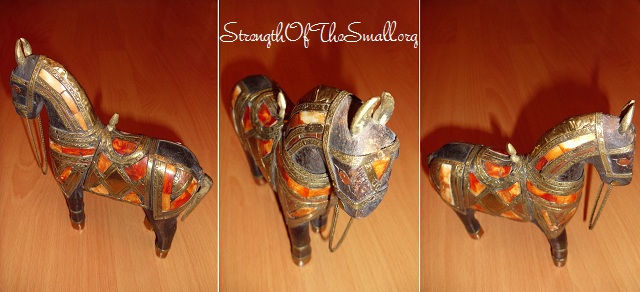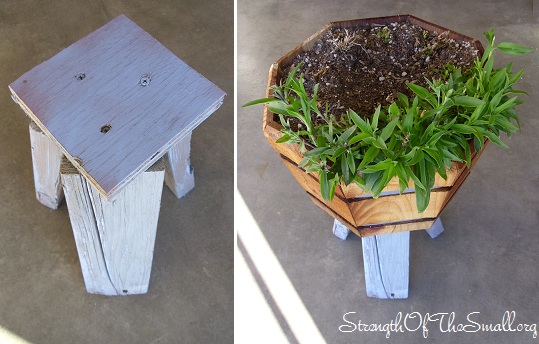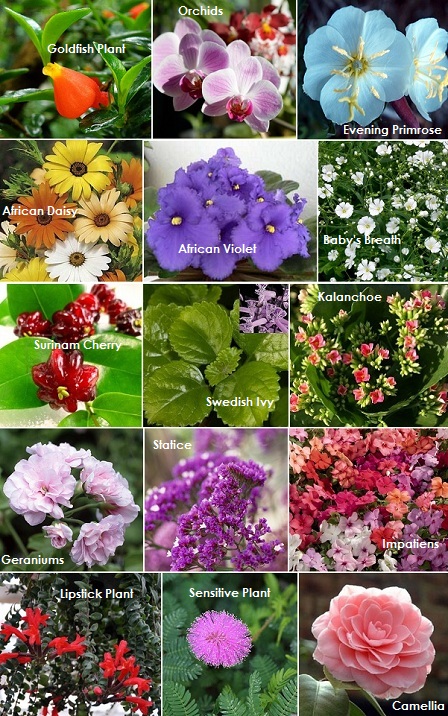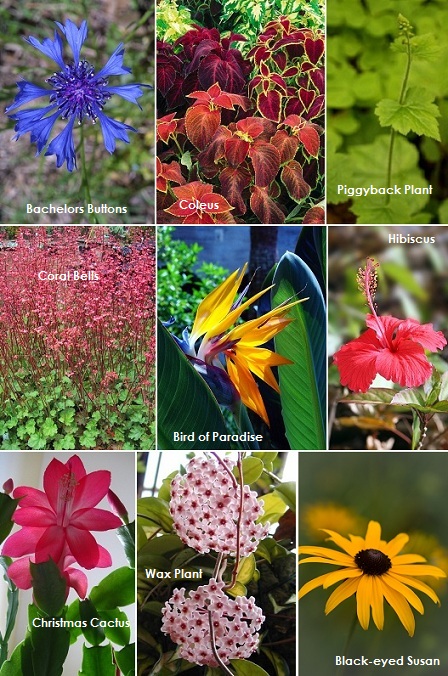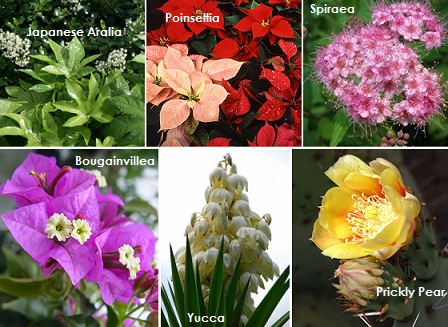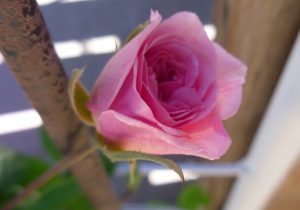I enjoy having beautiful color changing plants with unique leaf textures in the garden. Such plants add dimension and color to the landscape as their foliage make them a great accent to the yard as they brighten and light up the grey, dreary days by becoming the focal points in Winter.
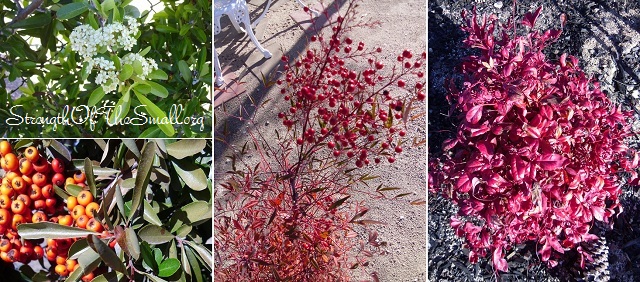
The first noticeable color in my garden is red and it’s Pyracantha.
We have one in my front yard (which we inherited from the previous owner). It’s evergreen and grows upright with fountain like arching branches. The beautiful White flowers are produced in late Spring through early Summer and attract bees and butterflies. The plant produces red berries in Fall that persist into the Winter. The berries colors vary from bright red to orange and are eaten by birds. The plant is easy to grow, drought resistant, prefers full to partial sun and requires very little water is once the plants are established.
I cut mine back each fall and they always come back stronger and healthier the following year. You must be very cautious around this plant since it is covered in thorns. The berries are edible when cooked. Pyracanthas have their share disease problems, such as fireblight (a contagious and destructive disease affecting members of the family Rosaceae). Click here and here to read about plant care information.
The second colorful plant in my garden which I love is Heavenly Bamboo (Nandina Domestica), a semi-evergreen shrub, a toxic plant, as parts of the plant are poisonous. The plant has fine-texture foliage and produces red berries in the Fall and persists through Winter and at this time, the foliage reddens before turning green. The plant produces white flowers in early Summer above the foliage. The plant prefers full to partial sun, it’s frost hardy, disease-resistant, drought resistant (though it performs best in moist and well-drained soil) and requires minimal care. Plant it in full sun for brighter leaf colors. Click here and here to read about plant care information.
One of my favorite plants for Winter color is Nana Nandina. It is a small evergreen dwarf bush with vivid green foliage that turns brilliant red in Fall and persists into the Winter. Just like the two other plants mentioned above, Nana Nandina prefers full to partial sun, it’s frost hardy, disease-resistant, deer and rabbit resistant, drought resistant and requires minimal care. Planting this shrub in full sun will greatly reduce foliage diseases and will exhibit richer-colors. The plant requires fertilizer twice a year to encourage new growth.
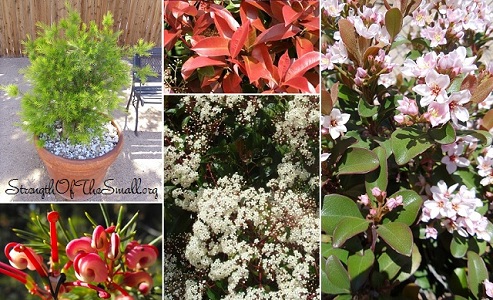
Refer to the USDA Hardiness Zone Map below or click here to find your plant hardiness climate zone.
Other Winter Color plants are Japanese Pieris, Burning Bush, Hellebores, Camellias, Witch Hazels, Winter Jasmine, Winterthur, Berberis Berries, Grevillea Noellii, Ornamental Grasses and much more.
Happy gardening!
